The second of two recent papers written by local students in support of Transition Town Media’s Zero Waste efforts, this post was submitted to us by Hasan Alquaid, a student at Penn State University Brandywine. Our thanks to Hasan for his thoughtful writing and research!
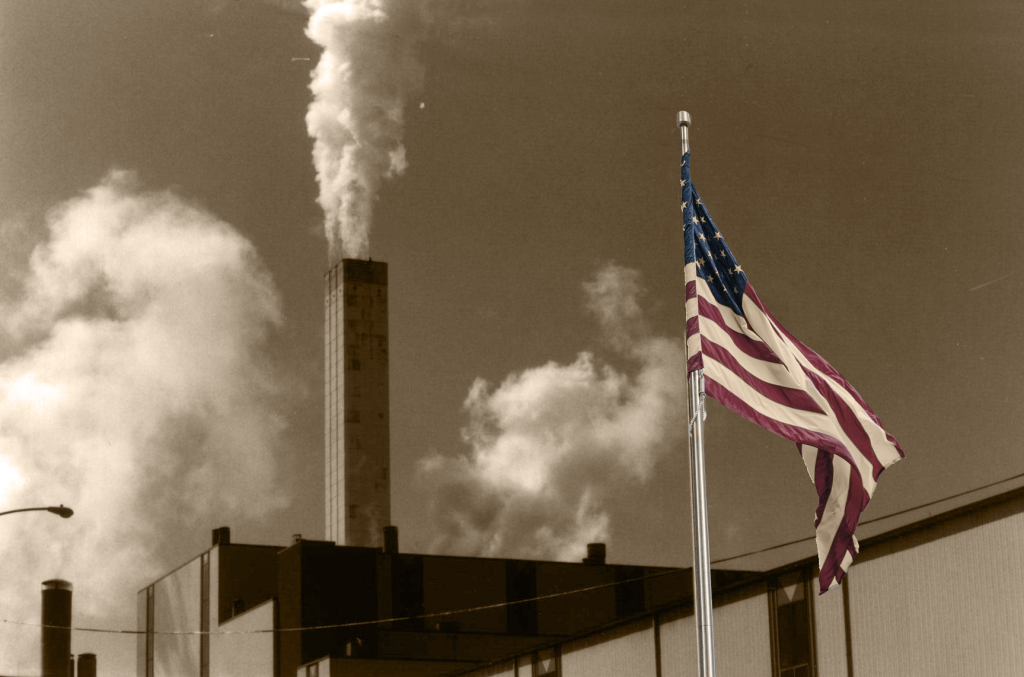
As you enter Chester, Pennsylvania, and drive by 10 Highland Ave, chances are you just took a breath of mercury, soot, and lead. You might have also seen a big smokestack as you drove by, and if you did, you have seen the country’s largest trash incinerator, run by a company called Covanta.
This incinerator sits in a mostly Black neighborhood in which one-third of the residents live under the poverty line. The location of this incinerator, however, is far from a coincidence. Forty-five percent of all incinerators in the country are in neighborhoods where people of color are a majority or a higher percentage than the national average.

The largest, most polluting incinerators are in communities of color and are predominately in urban locations, thus affecting more people: https://www.energyjustice.net/incineration/ej.
This is a striking example of environmental injustice.
Usually, communities that already bear the brunt of society’s oppression also bear the burden of toxicity and poorer health. By contrast, environmental justice entails equal protection from and access to decision-making about environmental and health hazards, for “all people, regardless of race, color, national origin, or income.” (U.S. EPA, N.D.)
Corporate and government power holders can claim that they are not racist, that they choose to build incinerators in these kinds of neighborhoods, perhaps because the property is cheaper there than in areas like Beverly Hills, so there is a better business case for building there. Incineration companies can state that they operate legally, meet emissions standards, and bring jobs and revenue to people in need. These claims are often overstated: the material conditions in these neighborhoods often do not improve and the people’s health conditions worsen.
The disproportionate placement of toxic and polluting operations in areas where the most marginalized and disadvantaged people live is, for those who live there, a fact of daily life. Meanwhile, for others, it is all too easy to drive away and forget.
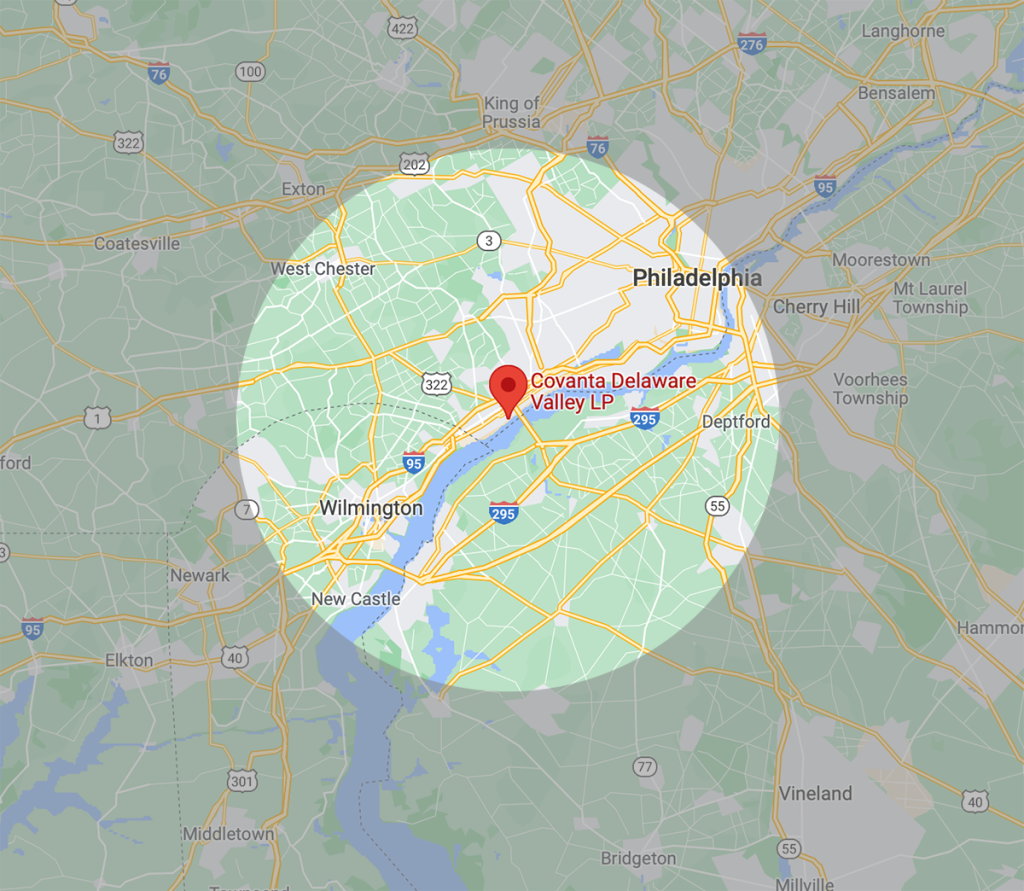
If you are living in Philadelphia, New Jersey, New York, Connecticut, or North Carolina, the Chester incinerator and its pollution may not impact you directly. But you could be the reason why those that live within a 15 to 17-mile radius of the incinerator are negatively impacted daily. Statistics show that 98% of the garbage burned at the incinerator is brought from areas outside of Chester itself.
Chester only accounts for 2% of the waste burned at this incinerator, while the rest comes from neighboring states and cities, including the city of Philadelphia which accounts for 33% of the waste burned. Despite the Covanta incinerator meeting the United States Environmental Protection Agency (EPA) regulations for emissions, its output is still harmful to human health, says Dr. Jonathan Buonocore, head of the Harvard School of Public Health’s Climate, Energy, and Health Team. He says that this type of air pollution could cause “premature death in people with heart or lung disease, irregular heartbeats, aggravated asthma, and decreased lung function” (Sullivan, 2017).
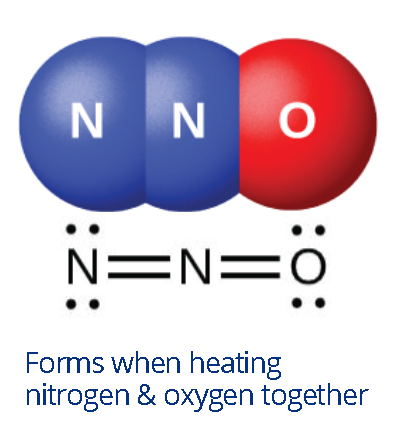
Exposure to NOx (nitrogen oxides) can also cause emphysema and bronchitis, and if exposed long term, could result in chronic asthma. Breathing in SO2 (sulfur dioxide) also causes respiratory problems, posing another risk to residents. Although it is hard to pinpoint one incinerator as the cause of the many health problems found in Chester, one can definitely say it is a major factor, along with motor vehicles, factories, and even sources as far away as Ohio.
Air pollution can travel far and wide, affecting many people depending on wind direction.
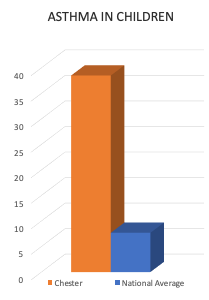
In 1995, tests found lead in the bloodstream of 60% of children in Chester. In 2010, 38.5% of Chester children had asthma, which is almost five times the national average. Additionally, “25% of adults in Chester have asthma and are more likely to develop lung cancer, ovarian cancer, and die from stroke or heart disease than other [Delaware County] residents” (Clean Air & Justice for Chester, PA!). From these statistics alone, it is hard to believe the country’s largest incinerator does not play a major role in harming the city’s residents.
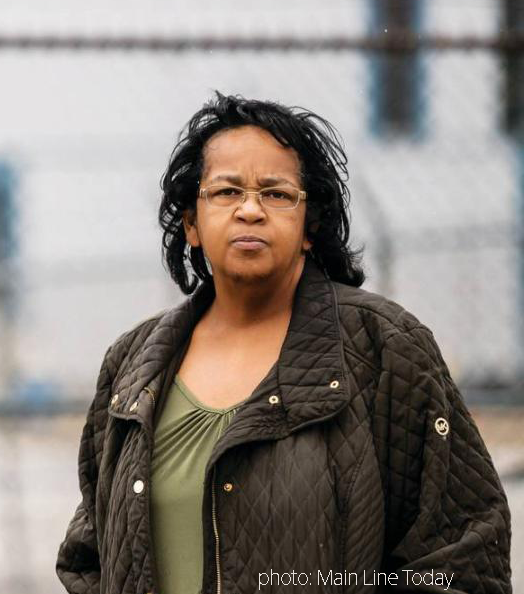
One Chester Story
Zulene Mayfield was born and raised in Chester and is a lifelong advocate for a clean and healthier community. She has even received awards such as the NAACP Sojourner Truth Award and one from the city of Chester for her work on childhood lead poisoning. In an interview, she talks about the severity of this issue and how it affects her family. She says, “I want my family to survive…I want my nieces and my nephews and the people that I love to survive…to have a chance…”
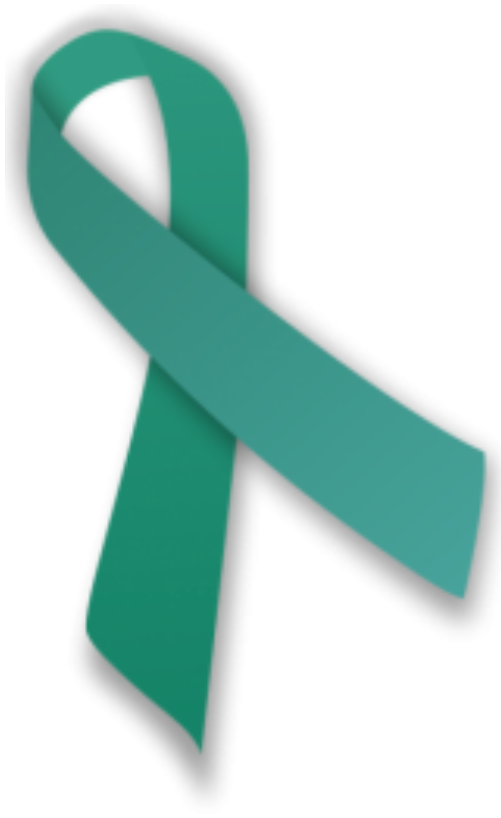
She says that, growing up, she believed that the cancer gene must run in her family, but quickly found out it was a lie, and her family’s health problems were actually due to the air pollution in her city. “As you grow up and realize what you’ve been exposed to and what you’re being exposed to, it makes sense. It makes sense why I had an aunt who never smoked, drank or anything that died of cancer. It makes sense why my 15-year-old baby sister died of cancer—liver cancer.
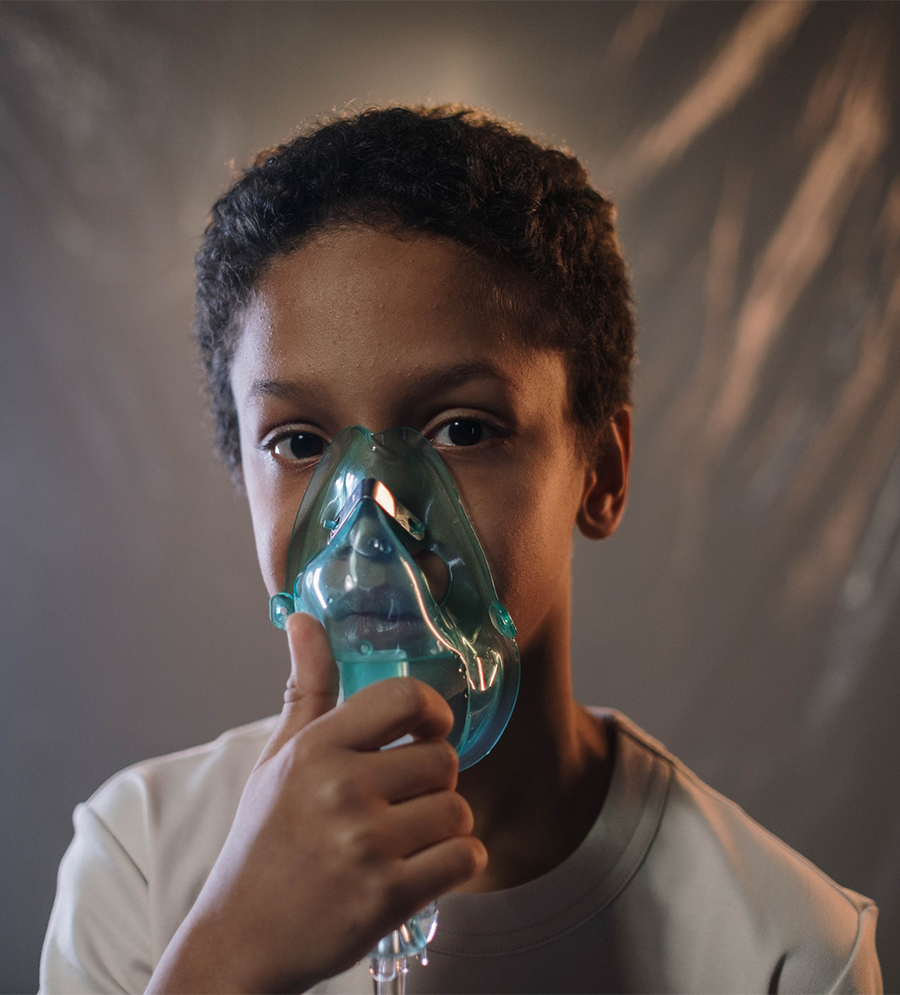
We had to take her three times a week to Johns Hopkins [Cancer Treatment Center].” Ms. Mayfield says that breathing is the most basic right a person should have, and “If you can’t breathe, you can’t do anything.”
She adds, “I am not an environmentalist, I’m a survivalist.“ (Lomax-Reese, 2019)
She currently leads the local non-profit, Chester Residents Concerned for Quality Living (CRCQL) whose goals include stopping the toxic burning of trash in Chester.
Transition Town Media: Neighbors Begin to Learn
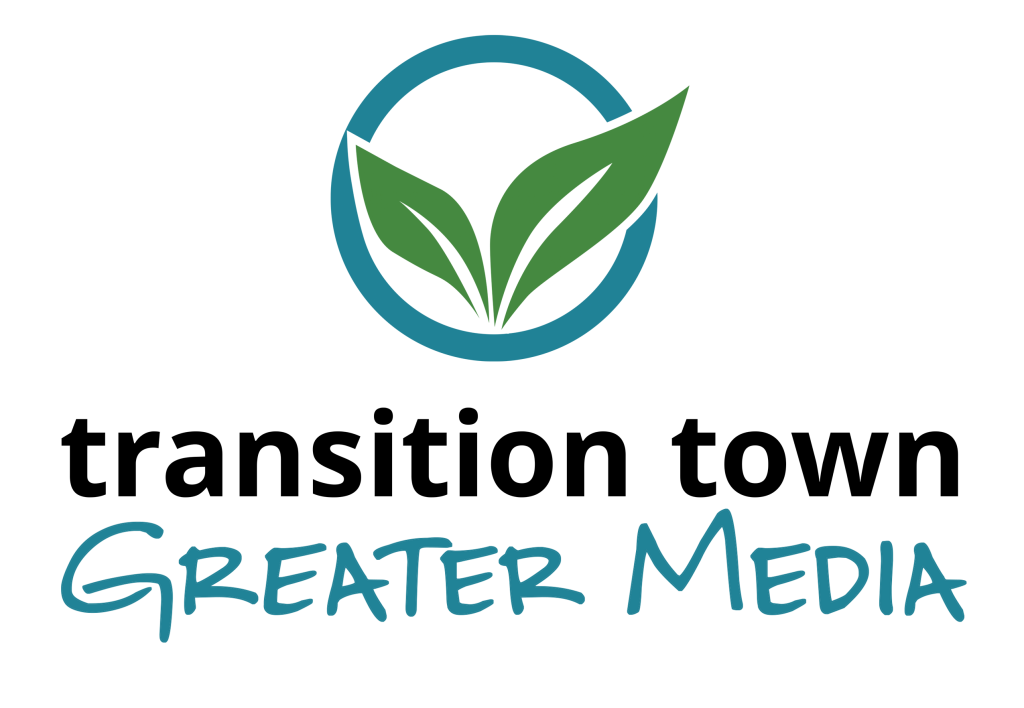
Eight miles from Chester and in the same county, sits the town of Media, PA, which is mostly white and economically well-off. There, members of Transition Town Media (TTM) began learning about the damage, injustice, and racism involved in where their trash goes to be burned.
TTM is part of a network of many towns [Initiatives] around the world working toward environmental, social, and economic justice & resilience at the local/community level. The Transition Movement sees social and environmental injustice as part of a whole mindset that has led, through a long history, to the disastrous conditions in today’s world. As TTM’s Sari Steuber puts it, “the mindset has been one of domination, extraction, and repression—so we’re looking to create a new—and revive an old—mindset of cooperation, caring, and connectedness.”

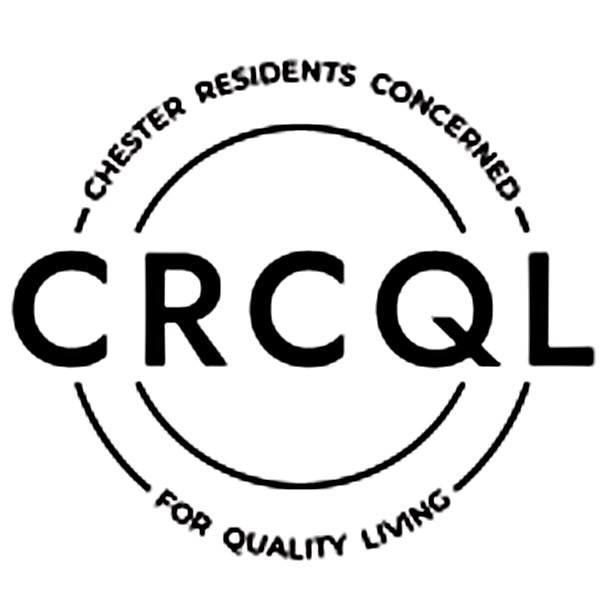
Over the past few years, TTM members began talking with community leaders in Chester to see how they could learn from each other and collaborate. As Sari explains, “we [in TTM] learned about the group called Chester Residents Concerned for Quality Living (CRCQL) and what they’ve been doing to try to mitigate pollution sources like the incinerator…“
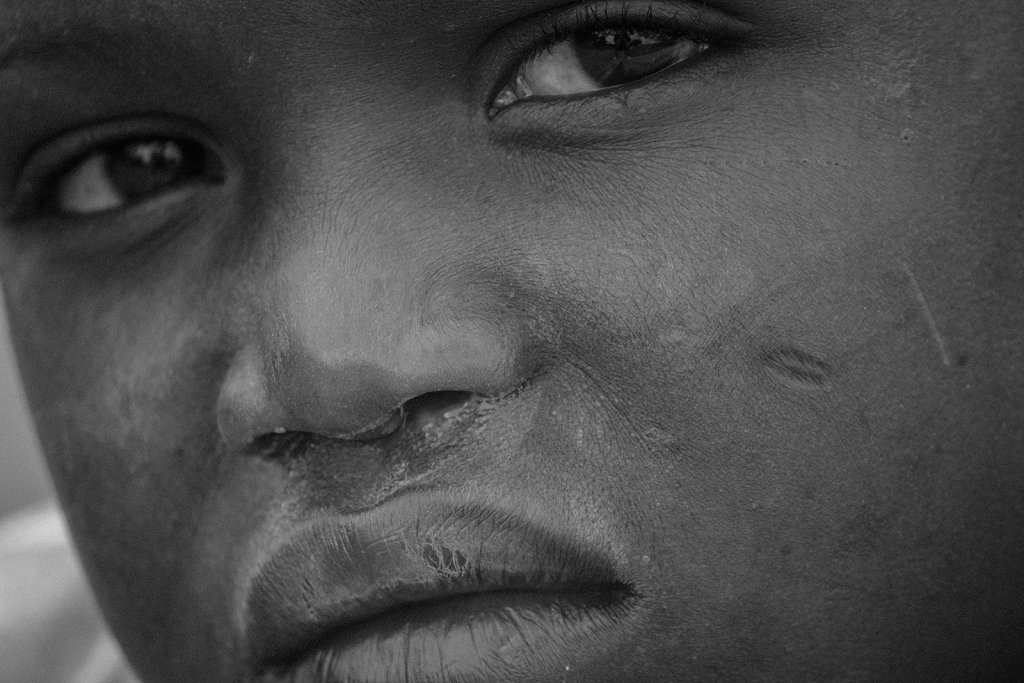
“We felt that it’s horrible to treat people in Chester like they don’t matter and it’s totally unfair.” When asked why she personally felt the need to fight for and take an interest in an issue that doesn’t seem to affect her directly, she responded, “Well, I actually think it does affect me directly, because when my neighbor isn’t doing well, is hurting, then no one is well. If your neighbor is hurting, how can you feel good?”
TTM members learned that now is a crucial time in the effort to address the burning of trash in Chester because Covanta’s contract is up for renewal by the County. People from all across the county, including Media, joined with Chester CRCQL to call on County Council to stop sending the county’s trash to the incinerator and to find less harmful and unjust options for handling the waste. But simply handling trash in a different manner and location does not really solve the problem. That’s why Chester CRCQL and members of TTM, among others, are also calling for Zero Waste plans.
Ban the Burn and Aim for Zero Waste
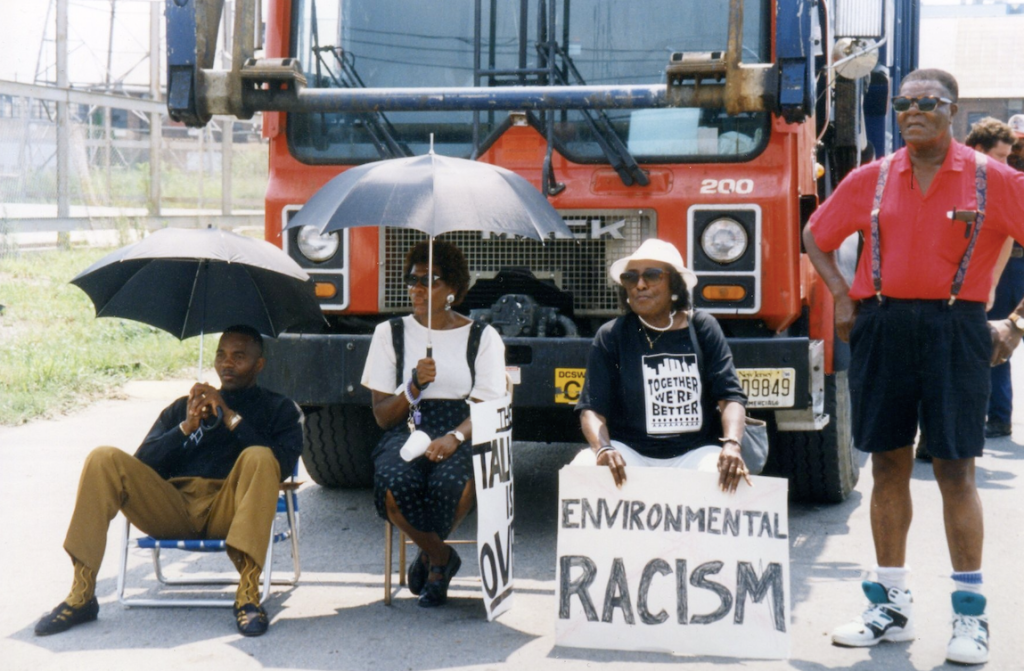
Zero Waste, though challenging to achieve perfectly, is based on the idea that in nature nothing is wasted and everything becomes something else. For example, an apple core from an apple that’s been eaten turns back into soil in a natural process, and then it gets used to grow more food. Zero Waste uses this idea as a template for how we can live in a society that does not waste things.
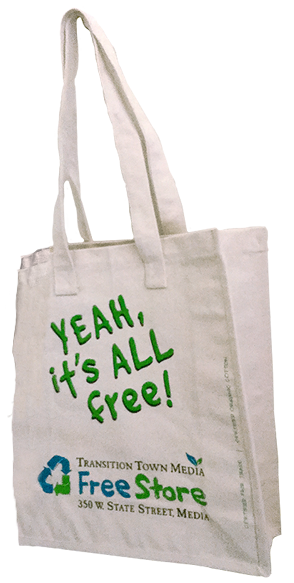
Planning for Zero Waste involves the full cycle. When people make things, for instance, they need to make them either reusable, recyclable, or compostable, so that nothing gets trashed. When we use things, we need to be conscious of what we can do with them when we’re done. Sari says, for example, that in Media “We have a FreeStore where people can bring things they don’t like or want anymore and then other people can take them and use them either for the same purpose or repurpose them into something new.”

For individuals, it takes some personal responsibility to make sure only to buy things that are not going to create waste and also to put them back into the cycle after being done with them.
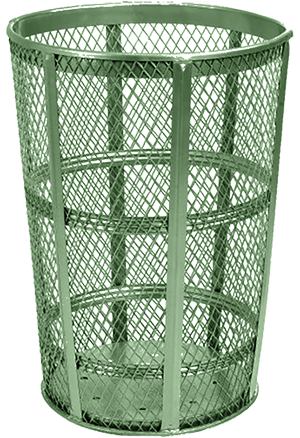
“Zero Waste is a journey,” says Sari, adding “I don’t think any of us can say we don’t waste anything. Even if we bring reusable bags to go shopping instead of plastic bags, what about the packaging on some of that food?”

She says that people can then try buying in bulk and only buy fresh produce. We can bring our own dishes and utensils to gatherings instead of using single use plastics; we can approach restaurants that use disposable take-out containers and suggest that they use compostables instead. “With Zero Waste, there’s always room to improve,” she says.
Transition Town Media has a Zero Waste Working Group, and one of its members posts a monthly article in the town newsletter in order to educate people about Zero Waste and what they can do about it. TTM is also encouraging local businesses to learn about and use compostable and reusable products, and to compost their food scraps, which can take some extra work and effort on their part.
Also, Transitioners are strongly supporting a proposed plastic bag ban in the town. At the municipal government level, a set of guidelines has been established for “Green and Fair Procurement,” that call on officials making purchases to take environmental and Fair Trade factors into consideration.

Where Can We Find Hope?
We have seen during the past year and a half that people often really do care about their neighbors and want to help each other, and we’ve seen many mutual aid groups emerge. One way we can all help the people of Chester and all around the world is to promote and support the Zero-Waste resolution.
The Zero Waste International Alliance defines it as “the conservation of all resources by means of responsible production, consumption, reuse, and recovery of products, packaging, and materials without burning and with no discharges to land, water, or air that threaten the environment or human health.”
Rather than questioning how we can better manage waste, this resolution will greatly reduce the waste produced daily and may even eliminate it in some cases. More information about this solution and what you can do to help can be found on this website by Chester Residents Concerned for Quality Living (CRCQL): https://www.chesterresidents.org/zerowaste/.
Works Cited
CLEAN AIR & JUSTICE FOR CHESTER, PA! Chester Residents Concerned for Quality Living (CRCQL). https://www.chesterresidents.org/
Lomax-Reese, S. (9 September, 2019).“WE CAN’T BREATHE: ZULENE MAYFIELD’S LIFELONG WAR WITH WASTE ‘MANAGERS’”. ecoWURD https://ecowurd.com/2019/09/09/we-cant-breathe-zulene-mayfields-lifelong-war-with-waste-managers/
Stefan Roots. (11 February 11, 2018). How dirty is Chester’s air? WordPress. https://chesterpablog.wordpress.com/2018/02/11/how-dirty-is-chesters-air/
Zero Waste. Chester Residents Concerned for Quality Living (CRCQL). https://www.chesterresidents.org/zerowaste/
Zulene Mayfield. Pennsylvania Conservation Heritage Project. https://paconservationheritage.org/stories/zulene-mayfield/

Leave a Reply